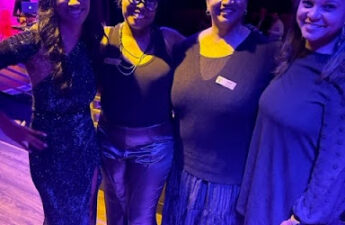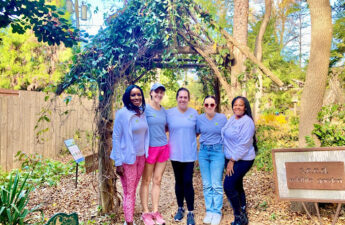Diversity and Inclusion within the JLC
It’s something that is touted throughout every corporate company in America these days and even though it hasn’t been widely publicized, it’s something very important within the culture of the Junior League of Charlotte.
In the current Spring issue of The CRIER, reporter Brandi Riggins focuses in on the topic of diversity and inclusion. Here’s a sneak preview.
~~~~~~~~~~~~~~~~~~~~~~~~~~~~~~~~~~~~~~~
Today’s Junior League woman is different from the Junior League woman of 1926. Gone is the stereotype of the blue blood woman in gloves and pearls. She has been replaced with a multiethnic membership base, which spans ages, career fields, religions and social economic backgrounds.
Founded in 1926 by Mary Harriman, a 19-year-old New York socialite, the League is known as one of the oldest women’s organizations in the country. The organization began in a time period when educated women had few options for a career outside the home and was predominantly made up of upper class young women, which grew to include First Lady Eleanor Roosevelt.
In an effort to embrace diversity and inclusion in the post-Civil Rights era, in 1979 the Leagues adopted a Reaching Out Statement that explicitly welcomes women of all races, religions and national origins.
Opening the Door of Diversity
In 1981 during the presidency of Jean Sullivan, The Junior League of Charlotte, Inc. welcomed its first African American member, Patricia “Pat” Heard. Heard was encouraged to join the JLC by a friend who was also member and liked the thought of being able focus her volunteer efforts. “I joined the JLC for the concentration of the volunteer effort on projects that would have a lot of community focus,” said Heard. “Back then 12 signatures were required from people who supported you. I was doing so much volunteer work in the community that I knew a lot of JLC members, so I had no problems getting my numbers. I had to say to myself, someone has to be first.”
To find out more of Pat’s story and what she’s doing today, along with how the JLC is working to make the League more diverse, read Brandi’s article in the current issue of The CRIER.


